
IP rights in figures
Patents
148,359
patents in force on 31/12/2023
42,634 (-6.3%)
examination procedures concluded
22,363 (-5.2%)
grants published
58656
+2.5%
Applications in total and change in %
20,187
+0.9%
including applications from abroad
90.4%
Online applications
(National patent applications)
Utility models
67,016
utility models in force on 31/12/2023
9,321 (-5.4%)
registration procedures concluded
8,325 (-5.0%)
with registration
9709
+2.5%
Applications in total and change in %
4,200
+6.4%
including applications from abroad
75.1%
Online applications
(National utility model applications)
Trade marks
888,713
trade marks in force on 31/12/2023
70,732 (-5.8%)
registration procedures concluded
48,665 (-9.3%)
with registration
75260
+2.7%
National applications in total and change in %
5,665
+10.6%
including applications from abroad
84.9%
Online applications
(National trade mark applications)
Designs
248,890
designs in force on 31/12/2023
3,782 (-21.8%)
procedures concluded for a total of 29,744 designs
3,390 (-19.5%)
with registration for a total of 27,011 designs
27011
-25.5%
Registered designs in total and change in %
1,607
-24.2%
including applications from abroad
89.5%
Online applications
(Design applications)
PDF version
Reader-friendly, multimedia and optimised for mobile use: We publish the DPMA Annual Report digitally in HTML format.
If you would like to download the report for your documents, we provide a working version in PDF format here.


PrefaceDear readers,
Will machines replace us at our workplaces? Will our children no longer learn anything because they have their homework written by computers? Will we lose our ability to make judgements by relying on non-transparent digital systems to make important decisions? When artificial intelligence (AI) is discussed in Germany, the risks often take centre stage. The general ethical concerns are usually accompanied by theories about the economic impact of the new technologies: Germany has long been left behind anyway! We are being deprived of our strengths! We are becoming dependent on technologies developed elsewhere!
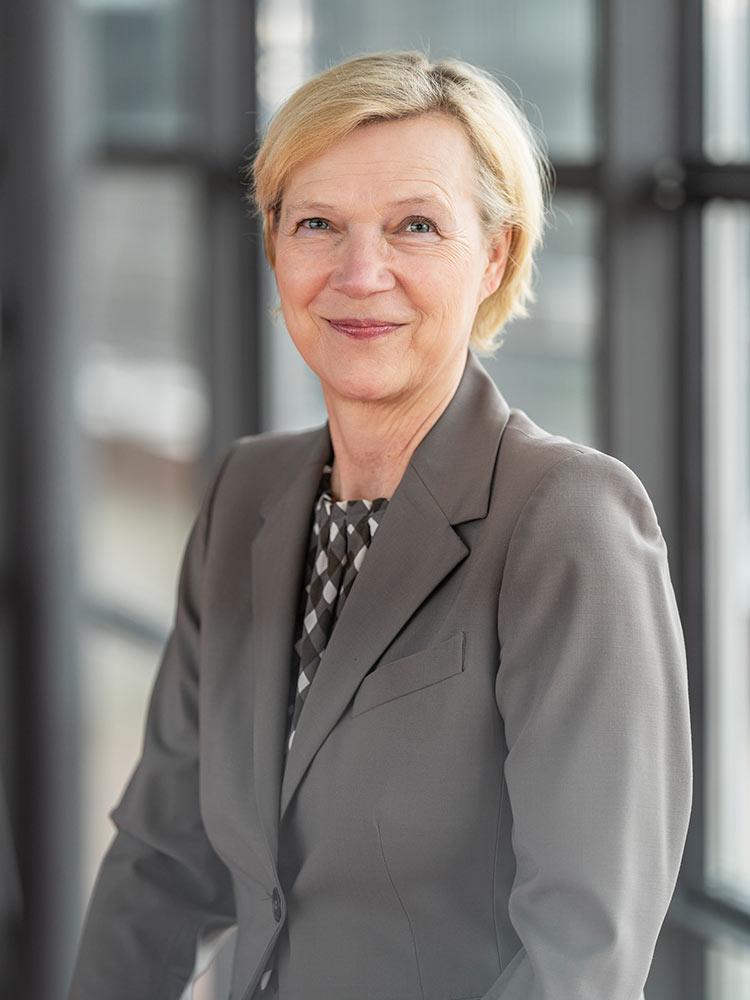
Following the latest breakthroughs in generative tools, artificial intelligence is currently the top technological topic — and is therefore increasingly shaping our work as the office responsible for protecting innovation. It is important to keep an eye on potential risks. At the same time, it should finally be clear to everyone: AI is not going away. Rather, it is a key driver of digital transformation. The economy and society are in transition. And such times do not only bear risks, but also bring along enormous opportunities: for healthcare, research and development, industrial automation, for all areas of life in fact. Especially in this early phase, it is important not to let AI happen like a force of nature, but to actively engage with it and recognise the potential for yourself or for your own organisation. The DPMA is doing this very intensively and is already making use of artificial intelligence, for example, for means of classification, for translating Asian patent literature and for carrying out searches. It is an extremely helpful tool that frees up resources for other important tasks. Further possibilities for application will undoubtedly be added.
Anyone who needs further proof of the central importance of AI can take a look at this annual report and its figures relating to the immense increase in innovation activity in this and other digital technologies. Why is Germany finding the transformation process more difficult than other countries? We spoke to Professor Uwe Cantner, Chairman of the Commission of Experts for Research and Innovation, about this question. By the way, experts emphasise that Germany is by no means lagging behind in the development of AI, but has an excellent research landscape.
So let us get to work! This could also be the headline for other topics of the Annual Report 2023. In their interview, our Vice-Presidents will give you an insight into important strategic challenges for the DPMA, which we are tackling in dialogue with our customers despite the challenging budgetary situation. We will also keep you up to date on how we aim to raise awareness of small and medium-sized enterprises in particular to IP protection — and how we are pursuing the Federal Government's sustainability goals in our field of responsibility.
I hope you enjoy reading — and stay innovative!
Yours, Eva Schewior
The German patent is THE attractive and effective instrument for protecting your innovations against imitation in Germany. This video on our YouTube channel shows you the advantages the German patent system offers you.
Dear users, if you follow this link, you will leave our website to access an external link from YouTube.

Tasks and organisationThe German Patent and Trade Mark Office: first-hand service and quality.
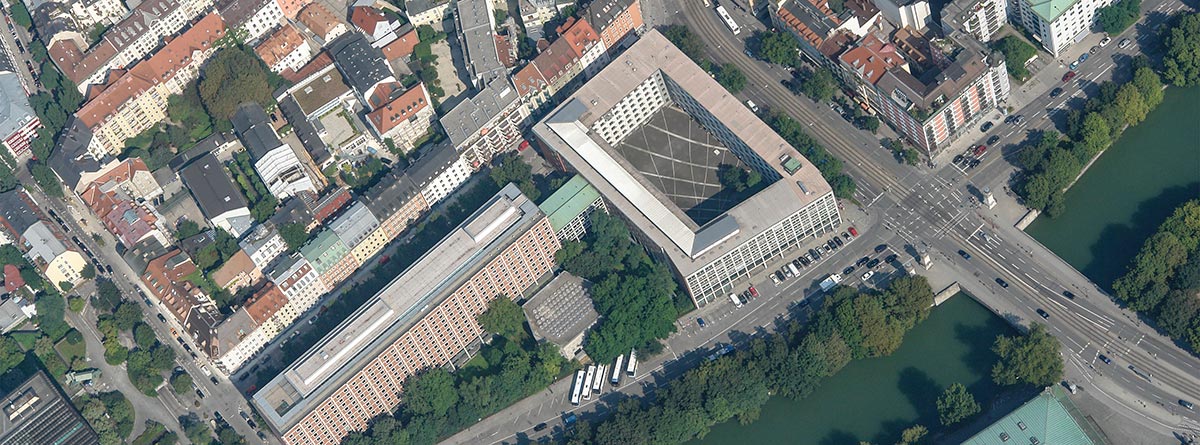
Every day, our staff experience first-hand what it means to be part of the “Land of Ideas”. It is the ideas of our customers who consciously choose the German Patent and Trade Mark Office (DPMA) to protect their know-how. This is because effective action against plagiarism and counterfeiting is possible, above all, on the basis of IP rights: Patents, utility models, trade marks and designs effectively protect intellectual property — be it a technical invention, a creative trade mark or the colours and shapes of a new product.
The DPMA is the German centre of expertise for the protection of intellectual property. A higher federal authority, it is subordinate to the Federal Ministry of Justice. With the examination of IP rights and the provision of services, our office promotes the innovative power and creativity of industry and plays an essential role in the international IP system. We examine inventions, grant patents, register trade marks, utility models and designs and manage, and inform the public of, IP rights. As the largest national patent office in Europe and the fifth largest national patent office in the world, our office stands for the future of Germany as a country of inventors in a globalised economy.
Its staff of approximately 2,800 at four locations provide services to inventors and companies.
- Munich
DPMA headquarters including senior management, administration and legal divisions as well as patent, trade mark and utility model divisions, arbitration boards - Jena
Sub-office with administrative and IT units as well as design division, an additional trade mark division and three patent divisions that are being established - Berlin
DPMA Information and Service Centre
(DPMA-IDZ) - Hauzenberg
Branch office with several teams for provision of information and for Customer Care and Services
In organisational terms, the DPMA is divided into four Directorates General:
Directorate General 1 — Patents and Utility Models
- More than 1,000 patent examiners organised in five clusters (Mechanical Engineering, Mechanical Technology, Electrical Engineering, Chemistry and Medical Engineering as well as Physics) with 40 patent divisions in total
- Utility model and topography division
- Patent and utility model administration
Directorate General 2 — Information
- Information services for the public and internal information services: database search, library, classification systems, Customer Care and Services, Internet editorial office
- Support for the 18 German patent information centres
- Operation and further development of all information technologies of the DPMA
Directorate General 3 — Trade Marks and Designs
- 13 teams in three divisions for trade mark examination
- Trade mark cancellation division
- Design division with design unit
Directorate General 4 — Administration and Law
- 16 specialist areas in four divisions, occupational health management
- All administrative tasks, including personnel and facility management, organisation as well as budget and legal affairs
- Patent attorneys and other agents as well as supervision of collective management organisations under the Act on Collective Management Organisations (Verwertungsgesellschaftengesetz)
Senior management

Eva Schewior

Bernd Maile

Dr Maria Skottke-Klein
Heads of the Directorates General

Patents and Utility Models
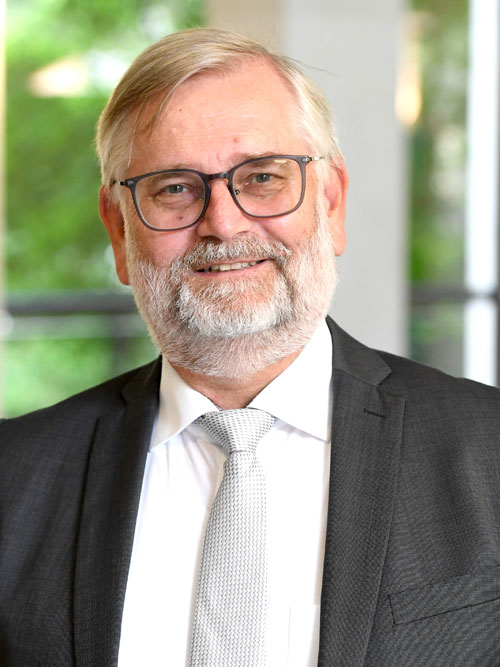
Information
Dr Bernd Läßiger
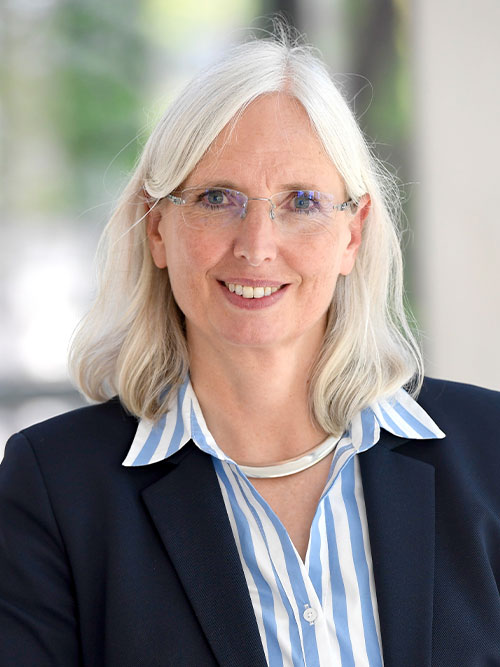
Trade Marks and Designs
Katharina Mirbt
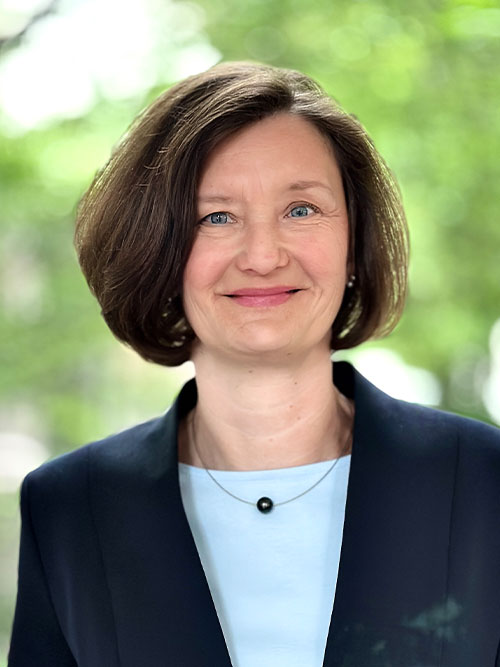
Administration and Law
Marion Kreß
